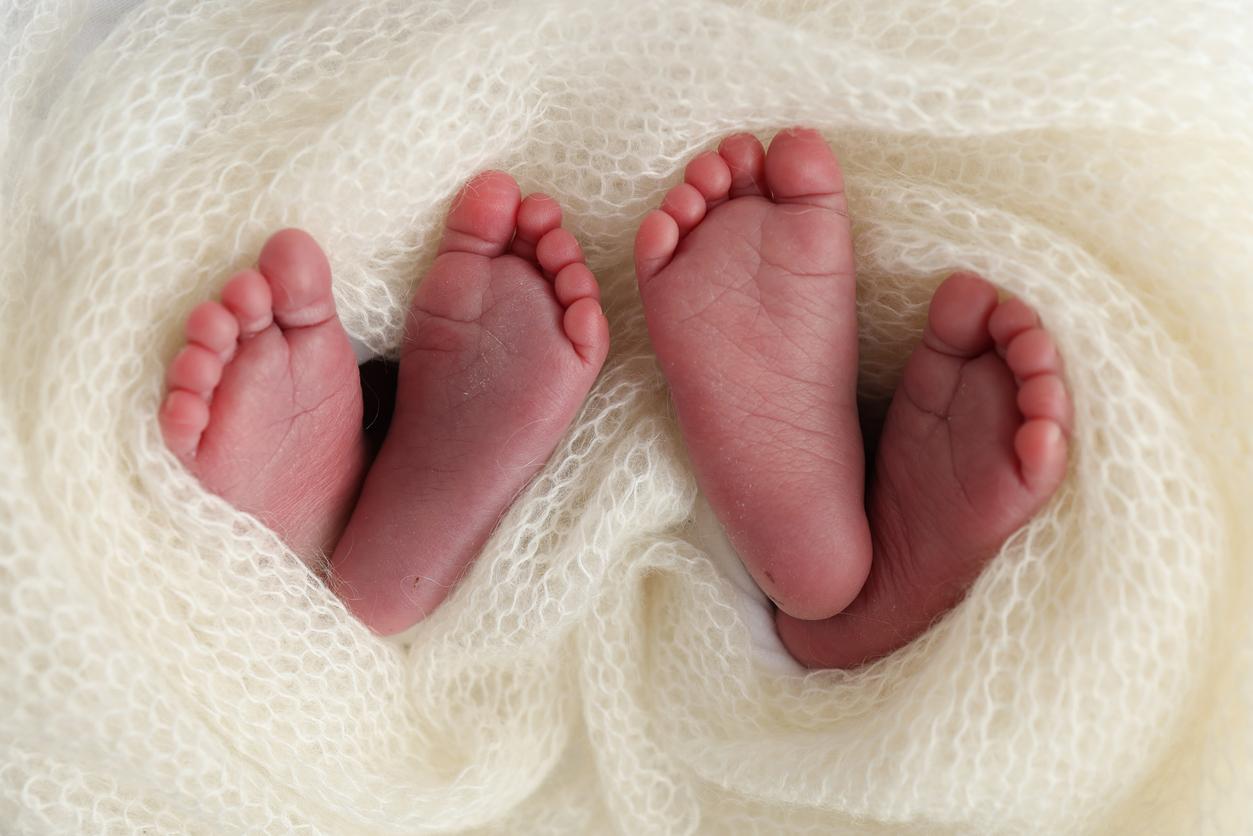Even by transferring only one embryo into a woman’s uterus, some still give birth to twins or triplets. Here’s why.

Having twins or triplets increases the risk of fetal death, miscarriage, premature birth and low birth weight baby. In order to avoid multiple pregnancies, it has been known for some time that it is best to transfer only one embryo into a woman’s uterus during assisted reproduction treatment. But even taking this precaution, some women still give birth to twins or triplets.
Medical manipulations necessary for IVF
To unravel this mystery, Dr. Kuroda and his colleagues analyzed nearly one million embryo transfers performed in Japan between 2007 and 2014. These operations resulted in 277,000 pregnancies, including 4,310 twins (1.56% of pregnancies) and 109 triplets (0.04% of pregnancies). They found that, compared to natural pregnancies, the medical manipulations necessary for IVF increased the risk of division of the zygote (an egg in the first stage of development, immediately following fertilization, editor’s note), giving rise to multiple pregnancies.
In summary :
– freezing embryos increased the risk of zygotic division of embryos by 34%;
– maturation of the blastocysts in the laboratory for a few days before their transfer increased the risk of zygotic division of the embryos by 79%;
– Assisted hatching increased the risk of zygotic division of embryos by 21%.
Notify couples
“As a result of our findings, clinicians will be able to better warn couples about the small increased risk of multiple pregnancies following zygotic splitting associated with certain embryo manipulations,” says Dr. Kuroda.
Forty years after the birth of Louise Brown, the world’s first ‘test-tube baby’, the European Society of Human Reproduction and Embryology (ESHRE) today reports that the total number of babies born as a result of infertility vitro (IVF) or intracytoplasmic sperm injection (ICSI) is more than 8 million. It is estimated that more than half a million babies are born each year from IVF and ICSI (which consists of injecting the sperm into the egg) following more than 2 million treatments carried out.
IVF is performed outside the body, in a test tube inside which the gametes or sex cells (spermatozoids and ovules) are put together, in order to create an embryo which will then be implanted in the uterus of the mother or in that of a surrogate mother.
.

















